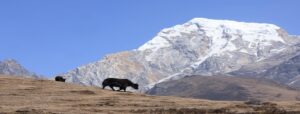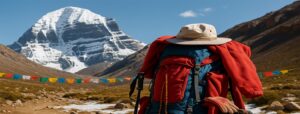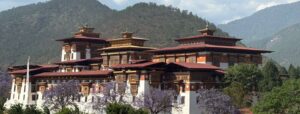Shuklaphanta National Park, spanning 155 square kilometers, was first created in 1976 as a Wildlife Reserve. Its territory was increased to 305 square kilometers in 1994. As a result, a buffer zone of 243.5 square kilometers was added in 2004. In the end, in 2016, this wildlife reserve was designated as a National Park. The primary features of this National Park are the grasslands, waterholes, and marshes created by the Mahakali River’s floodplain. The Terai-Duar savanna and grasslands ecoregion includes this protected area. It is also among the best-preserved instances of floodplain grassland. It is a part of the Terai Arc Landscape as well.
One of the brilliant open grasslands inside the protected area known as “Phanta” is the source of the name Shuklaphanta. At 16 square kilometers, it is Nepal’s largest grassland patch. Royal Shuklaphanta Hunting Reserve was the designation given to the area before it became popular with the upper class for hunting before 1976. The location is said to have been an old kingdom, and artifacts there are thought to be from the fort built by Tharu King Singpal.
Location: Kanchanpur (Province No. 7, Nepal)
Area: 305 sq. km
Established: 1976-wildlife reserve, 2017-national park
High Elevation: 1,386b m. (4547 Ft.)
Low Elevation: 174 m. (571 Ft.)
Major Ethnicity: Tharu, Chettri, Brahmin
What is Shuklaphanta National Park Famous For?
Flora
There are thought to be 700 kinds of plants in the park, comprising 125 monocots, 410 dicots, 18 pteridophytes, and 553 vascular plants. Almost half of the vegetation in the reserve is made up of grassland. Heteropogon Contortus and Imperata cylindrica are the two main species of grass.
The marshes around the seven small lakes are home to Saccharum Spontaneum and Khagra reed (Phragmites Karka). Sal is the predominant type of forest. Sissoo and Khair grow next to rivers. A significant threat to the main phantas’ long-term survival is the invasion of tree and shrub saplings into grasslands.
Fauna
Many different types of animals can be found in the park’s vast open grasslands and wetlands that surround the lakes.

Twelve species of amphibians and reptiles and twenty-eight fish species were found in the rivers, lakes, and ponds. Mahseer and rohu, Oriental rat snake, Indian rock python, monitor lizard, Indian cobra, common krait, and mugger crocodile are a few of these.
Vegetation
The three main vegetation zones that make up the Park’s flora are subtropical, temperate, and alpine. Subtropical flora predominates in the lower elevations (1000–2000 m), the forest is primarily made up of montane sal, pine, and alder species. A temperate forest type predominates between 1800 and 3000 meters.
Also Read: Everything you need to know about Makalu Barun National Park
The temperate mixed evergreen species (Spruce, fir, hemlock, oak, etc.), higher temperate broad-leaved species (Aesculus indica, maple, etc.), and lower temperate mixed broad-leaved species (Lindera Nacusua, Cinnamomum Tamca, etc.) make up the forest. The main species that can be found there include rhododendron, fir oak, and birch. The gorgeous Patans, of which there are roughly 135 kinds, are woven throughout the terrain of the Khaptad Plateau. There are also many different kinds of medicinal herbs (about 224 species) found within the park.
Airport and Network Facilities
Situated in Nepal’s remote western area, Sukla Phanta National Park lacks an airport in the immediate vicinity. Sukla Phanta National Park is 8–10 hours away by car from the closest major airport, Nepalgunj Airport (also called Gautam Buddha Airport). Nepalgunj Airport permits domestic flights to and from Kathmandu, the country’s capital, as well as other major cities. It also acts as a gateway to the western area of Nepal.

Network coverage may be scarce in and around Sukla Phanta National Park when it comes to network connections, particularly if you go farther into the park or to its more isolated regions. You might be able to discover coverage for different mobile network providers in the towns or locations close to the park. However, the network connection may become spotty or nonexistent as you explore farther into the park’s environment.
Best time of the year to visit Shuklaphanta National Park
Shuklaphanta National Park is home to a diverse range of fauna. Many people visit the stunning savannas and sceneries each year. Shuklaphanta National Park is best visited in February through the end of May and September through December.
Still, all seasons are good for exploring Shuklaphanta National Park, except summer. Summertime visits throughout the day are challenging due to the high levels of humidity and the sunny weather. However, the morning and evening are still good times.
Getting to Shuklaphanta National Park from Kathmandu
With the construction of the east-west Highway’s far-western section, the reserve is now easily reachable by road from anywhere in Nepal. Most importantly, there are flights to Dhangadhi every day from Kathmandu. Shuklaphanta National Park can also be reached by regular bus from Dhangadhi to Mahendranagar, which takes around three hours.
You may also like: Things you don’t know about Khaptad National Park
There are several ways to reach there by vehicle, including the East-West Highway, which passes via Kathmandu, Nepalgunj, and Shuklaphanta National Park in Mahendranagar. Furthermore, visiting the remote, unspoiled western region of Nepal is rather simple, and doing so will allow you to enjoy the warm welcome of the locals.
Accommodation Facilities
Nepal’s Shuklaphanta National Park provides a variety of lodging choices for those wishing to experience its unique wildlife and scenic surroundings. Both inside and outside the park, there are a variety of hotels and resorts to suit a range of spending limits and tastes. Among the choices are:
- Shuklaphanta Wildlife Reserve Guesthouse: This is a modest lodging choice with basic amenities offered on park grounds. It offers straightforward rooms. The Department of National Parks and Wildlife Conservation may be used to make reservations.
- Homestays: A few of the neighborhoods surrounding the park provide homestay opportunities for guests to get a true taste of the way of life and culture there.
- Resorts and lodges: A number of these establishments, which provide more upscale lodging and a range of amenities, are situated close to the park. These businesses might provide safaris, guided tours, and other park activities.
It is essential to check the availability of lodging, book ahead of time, and find out about any permissions or rules required to enter the park before making travel plans. The ideal time to go should also be taken into account for seeing wildlife and having a better time.
Climate
The area has a subtropical monsoonal climate with 1,579 mm (62.2 in) of mean annual rainfall, which is a peak in August and occurs from June to September.
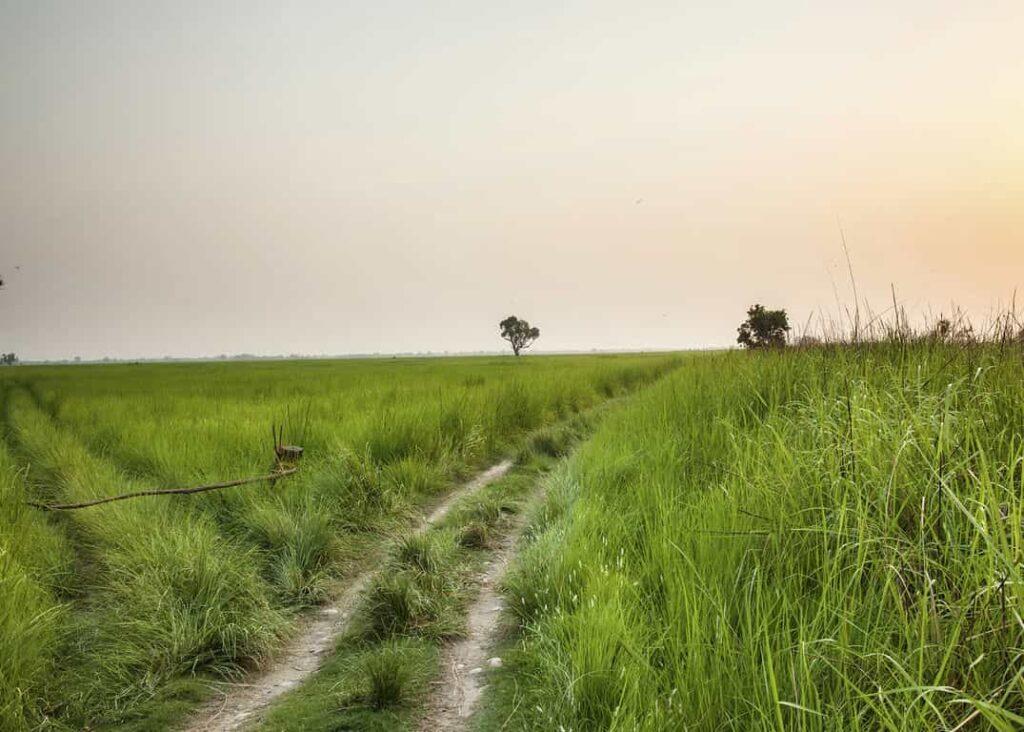
December and January are rather cold winter months, with daytime highs of 7–12 °C (45–54 °F) with sporadic frost. Temperatures increase from February to 25 °C (77 °F) in March and 42 °C (108 °F) by the end of April. Humidity rises in May, the first pre-monsoon showers to arrive in the region.
Things to do
Jungle Safari
One of the most well-liked activities at Shuklaphanta National Park is the Jungle Safari. It serves as a reserve for Nepal’s grassland fauna. Also, the little nation of Nepal contains a vast range of the planet’s geography and temperature zones.
More: Langtang National Park: Things to Know
You may discover the untamed beauty of Shuklaphanta National Park by riding an elephant or taking a jeep ride to see the animals.
Wildlife viewing on Elephant Back
In Suklaphanta National Park, you can go on an elephant back safari and observe a variety of wild animal species. This jungle expedition offers the opportunity to witness a variety of species, including tigers, bears, Sambar deer, forest deer, Indian porcupines, red muntjac, leopards, wild boars, and many more.
Bird Watching
This national park is home to a wide variety of species, including the Black-capped Kingfisher, Hodgson Bushchat, Bengal Florican, Spiny Babbler, Ibisbill, Great Slaty Woodpecker, and Finn’s weaver. For those who enjoy birds, this national park offers over 420 migratory and native bird species.
Sightseeing
Shuklaphanta National Park has a plethora of tourist attractions nearby. The Suklaphanta grassland is close to the Mahakali River. The main sites to visit in this area include also the Rani Tal, Ghodaghodi Tal, Dodhara Chandani Bridge, Siddhanath Temple, Brahmadev Temple, etc.
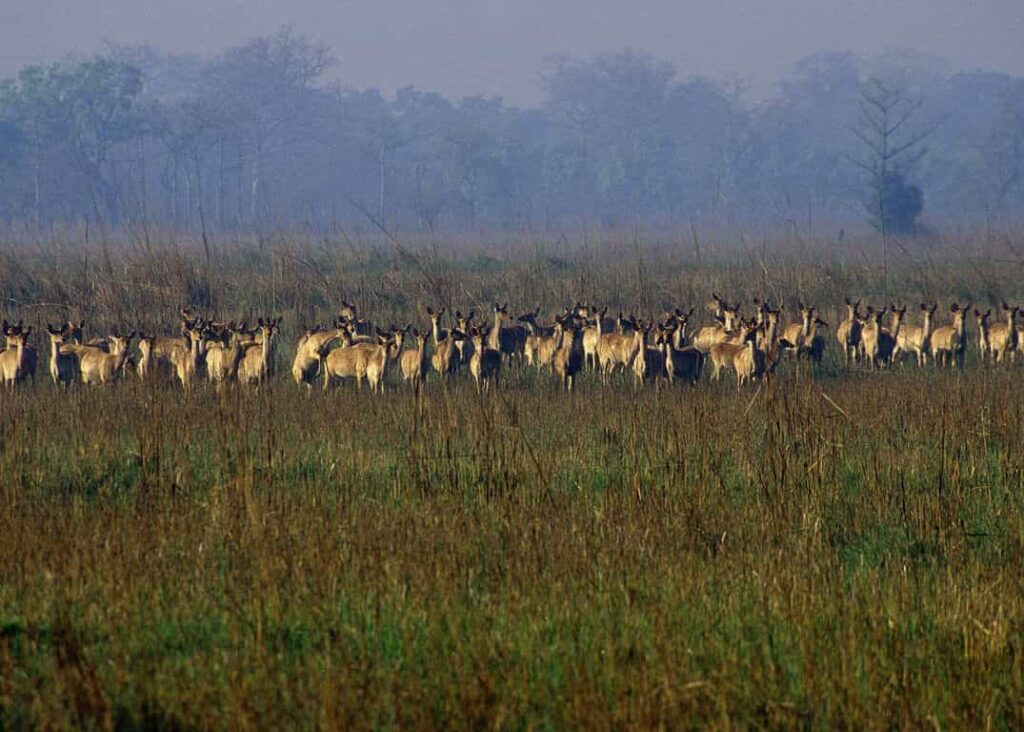
Additionally, the Mahakali River serves as Nepal’s and India’s administrative border. The river has great religious importance in and of itself. Villages across the Nepalese border, or Dodhara Chandani, are located in the Mahakali River’s fourth dam. The longest multi-span suspension bridge in Nepal is located there.
Visiting Rani Tal
Within the national park is Rani Tal. Consequently, the leisure center is home to 24 species of vertebrates, and 350 kinds of flying animals, including 180 species of raising fish, 10 kinds of ectoparasites, and gnawing insects. The National Park is now more flavorful thanks to this Tal.
Cost of Shuklaphanta National Park’s entry pass
According to the most recent update, entry fees to Nepal’s Suklaphanta National Park cost roughly 1000 Nepali Rupees for citizens of the SAARC (South Asian Association for Regional Cooperation) and 1500 Nepali Rupees for foreign visitors.
Popular: What you don’t know about Sagarmatha National Park
The most recent information about entry fees and any additional costs for particular activities or services within the park can be found on the national park’s official website or by contacting the park authorities directly. These fees may vary based on updated regulations or changes in policies.
Let our expert team at Asian Heritage Treks and Travel take care of everything — from guided tours to personalized packing tips and travel arrangements.
Plan My Nepal Trip




